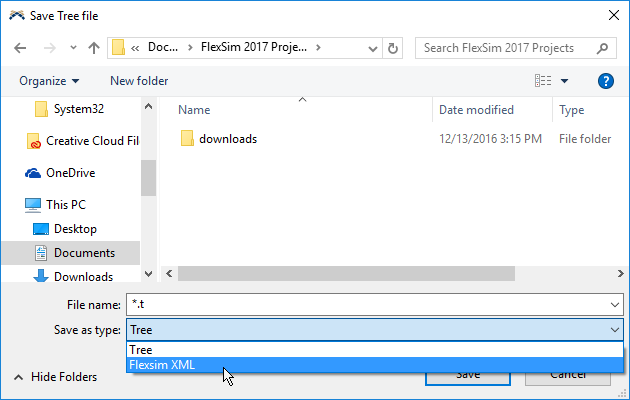It would be convenient to be able to compare .t files semantically without loading them as nodes to flexsim environment. Being able to visualize the tree structure in any textual form and the contents of the text nodes containing the flexscript code would allow to use standard diff utilities. For this purpose the transformation from .t to plain text does not need to be lossless or bidirectional.
After the first look at the files it appears that the data block starting at the offset 0x0030 is scrambled/compressed, but no evident magic number is present. In the same time there are some plain-text HTML data.
Is the format documented somewhere or do the tools to deal with it outside of the Flexsim environment exist? What compression scheme is used?


